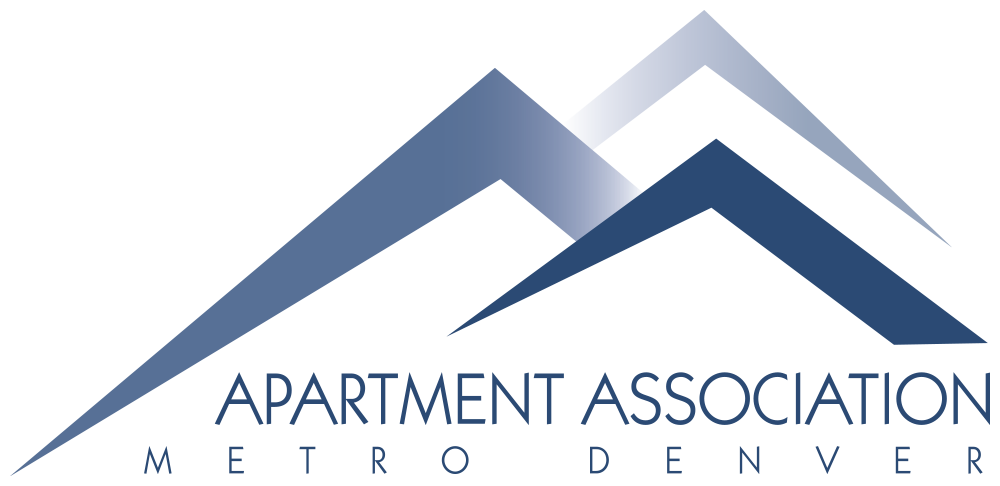Riding the Workforce Gap
Brooke Chesnut will be presenting multiple presentations at the 2016 Education Conference.
by Brooke Chesnut
The demographics of today’s workforce are changing rapidly. What happened in May 2015 was historic: for the first time in history the population of the Baby Boomer generation was surpassed by the population of the Millennial generation not only in the workforce but in society as well.
What does this mean for the future of our workforce and how will the other generations adapt to this changing demographic? Right now there is a new phenomenon taking shape in the workplace: there is a reverse accumulation of knowledge; that is younger Millennial workers entering the workforce have more knowledge about how things work in business than the generations before them. The opportunities for these new workers entering the workforce are enormous.
Remember, these younger employees not only understand technology, they have been providing their parents with technical aptitude while growing up. Without question they are the most educated and tech savvy generation ever, including enough confidence to ask difficult questions in the workplace about how things get done. It should also be noted that as the Millennials embrace the tech side of business there is still a void in their skillsets when it comes to business relationships, market strategy and confronting challenging issues sitting around the conference table.
These unpolished skillsets are where the senior level workers can make a difference in the development of Millennial employees. Senior level workers have the experience of many years in the workforce, which translates to skillsets that are tested, polished and retooled to stay current. Business leaders that recognize the differences between the generations in technology and relationship skills have a great opportunity to build cohesive teams within their labor force. The challenge is, how does leadership get these two generations to share their respective knowledge base and help each generation improve upon their unrefined skills?
The challenge can be daunting because of the communication conflict and disrespect between these two generations. The senior level workers believe the Millennials are entitled and “haven’t paid their dues”, while the Millennials believe the seasoned workers are outdated, technology challenged and too slow. The result is a “GAP” that grows like a glacial crevasse dividing these generations and swallowing all the productivity from your workforce. Now is the time to invest in a company wide program to leverage these important generational skillsets, including the leadership to embrace the program and bridge the “GAP.”
Essentially, the program could be structured like this: survey your senior level workers to decide who fits the role of a mentor for the purpose of transitioning corporate knowledge to a younger worker with an emphasis on process, ethics and culture. Create a guideline to develop the younger worker in areas like presentation skills, body language, voice inflection and eye contact. These are the intangibles the younger workers are craving because they know how beneficial these skills sets can improve a resume or be considered for leadership opportunities. The length and style of the program should be customized for different businesses, but over 70% of Fortune 500 companies already have these in place because they work.
The next piece of the program: now that you have hired talented tech savvy Millennials into your business, partner them with a senior level worker who needs to improve their technical skills. Acknowledging this key relationship opportunity within your workforce gives you a distinct advantage in bridging the workforce GAP.
Here’s why:
- Senior level workers start to become more E-relevant
- They learn more about Social Media platforms from their younger colleagues
- Millennial leadership is effecting senior workers more positively
- Millennials feel they have value and purpose early in their careers
- Simultaneously senior workers mentor the youth on culture, ethics, etc.
- Trust is developed between these generations
- Communication improves and accountability rises to create inspired results
The most powerful result of this “Dual Mentorship” program is the development of trust between these two generations. When trust is developed, communication between peers increases and improves. Meetings are productive, ideas are shared, conflict is healthy and productivity soars as action items are executed. This is the result of a well crafted program where all the participants become better colleagues and better employees. This is how you bridge the workforce gap, maximize your employee talent and position your business for success in the future.
